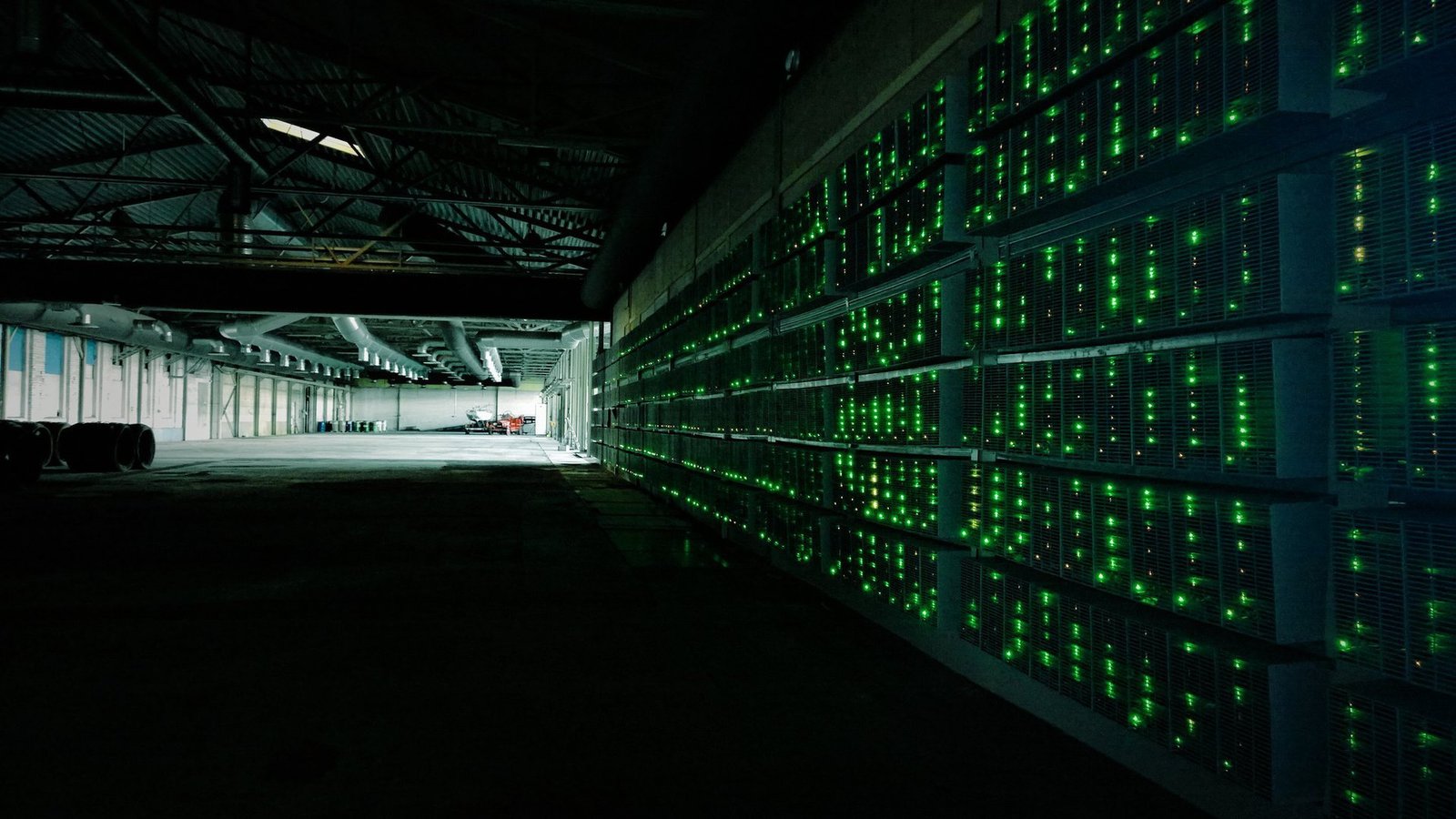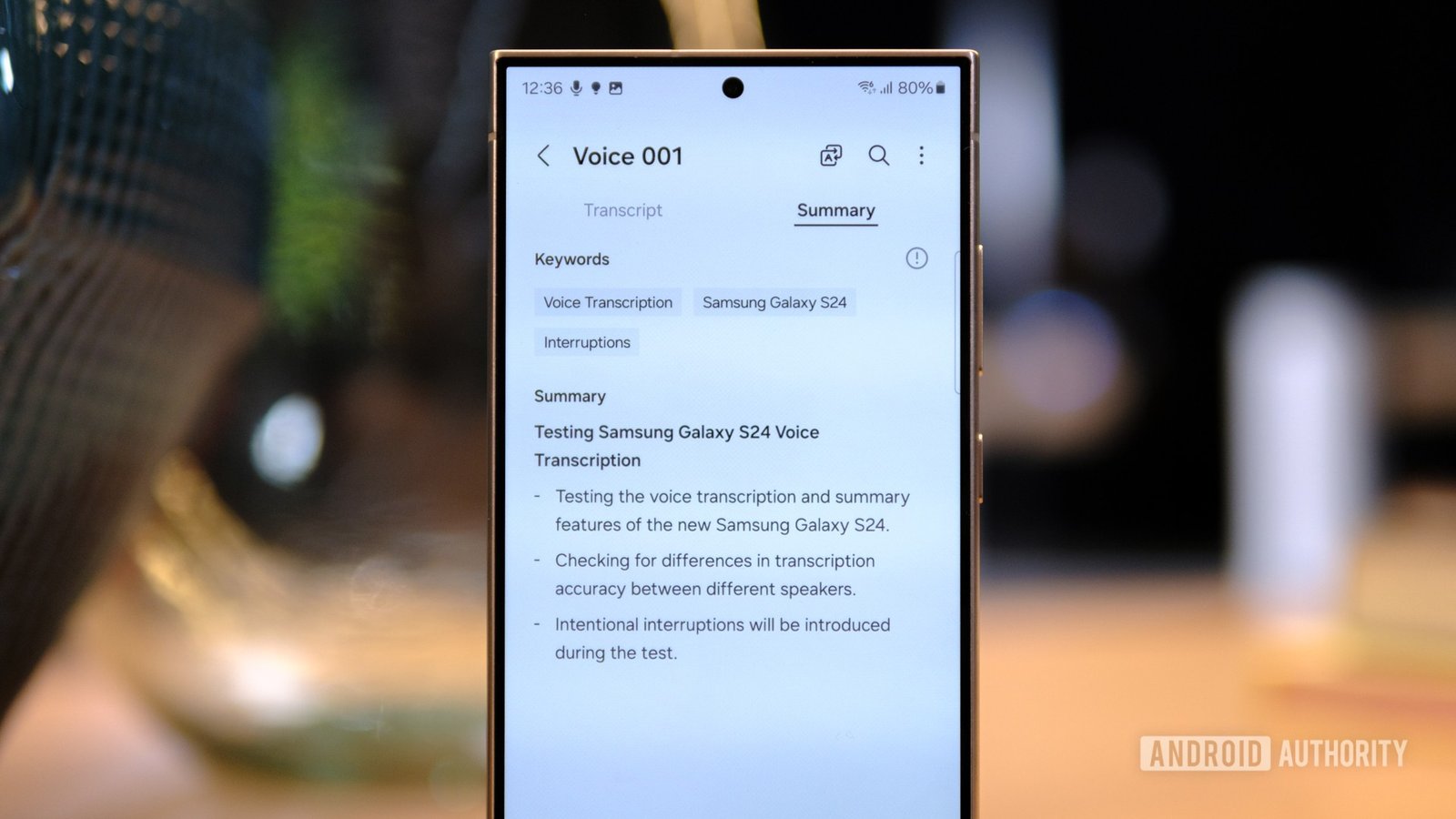Contents
ChatGPT calories intake: How a lot electrical energy does AI want?

AI may just use 0.5% of the sector’s electrical energy intake through 2027.
A paper published in 2023 makes an try to calculate simply how a lot electrical energy the generative AI trade will devour inside of the following few years. Its creator, Alex de Vries, estimates that marketplace chief NVIDIA will send as many as 1.5 million AI server gadgets through 2027. That would lead to AI servers using 85.4 to 134 terawatt hours (TWh) of electrical energy each and every yr, greater than the yearly energy intake of smaller international locations just like the Netherlands, Bangladesh, and Sweden.
While those are without a doubt alarmingly prime figures, it’s value noting that the entire international electrical energy manufacturing used to be just about 29,000 TWh simply a few years in the past. In different phrases, AI servers would account for kind of part a % of the sector’s calories intake through 2027. Is that also so much? Yes, however it must be judged with some context.
The case for AI’s electrical energy intake

AI might devour sufficient electrical energy to equivalent the output of smaller countries, however it’s not the one trade to take action. As a question of reality, knowledge facilities that energy the remainder of the web devour far more than the ones devoted to AI and insist on that entrance has been rising irrespective of new releases like ChatGPT. According to the International Energy Agency, the entire international’s knowledge facilities devour 460 TWh these days. However, the trendline has been expanding sharply because the Great Recession led to 2009 — AI had no phase to play on this till overdue 2022.
Even if we imagine the researcher’s worst case state of affairs from above and think that AI servers will account for 134 TWh of electrical energy, it’s going to faded compared to the sector’s general knowledge heart intake. Netflix by myself used sufficient electrical energy to energy 40,000 US families in 2019, and that quantity has without a doubt larger since then, however you don’t see any person clamoring to finish web streaming as a complete. Air conditioners account for a whopping 10% of world electrical energy intake, or 20x up to AI’s worst 2027 intake estimate.
AI’s electrical energy utilization pales compared to that of world knowledge facilities as a complete.
AI’s electrical energy intake may also be when put next with the debate surrounding Bitcoin’s calories utilization. Much like AI, Bitcoin confronted critical complaint for its prime electrical energy intake, with many labeling it a major environmental risk. Yet, the monetary incentives of mining have pushed its adoption in areas with less expensive and renewable calories resources. This is best imaginable on account of the abundance of electrical energy in such areas, the place it could differently be underutilized and even wasted. All of which means we must in point of fact be asking in regards to the carbon footprint of AI, and no longer simply center of attention at the uncooked electrical energy intake figures.
The just right information is that like cryptocurrency mining operations, knowledge facilities are continuously strategically inbuilt areas the place electrical energy is both considerable or less expensive to supply. This is why renting a server in Singapore is considerably less expensive than in Chicago.
Google targets to run all of its knowledge facilities on 24/7 carbon-free calories through 2030. And in line with the corporate’s 2024 environmental file, 64% of its knowledge facilities’ electrical energy utilization already comes from carbon-free calories resources. Microsoft has set a equivalent goal and its Azure knowledge facilities energy ChatGPT.
Increasing potency: Could AI’s electrical energy call for plateau?

Robert Triggs / Android Authority
As generative AI generation continues to conform, corporations have additionally been creating smaller and extra environment friendly fashions. Ever since ChatGPT’s unlock in overdue 2022, we’ve observed a slew of fashions that prioritize potency with out sacrificing efficiency. Some of those more moderen AI fashions can ship effects similar to these in their greater predecessors from only a few months in the past.
For example, OpenAI’s contemporary GPT-4o mini is considerably less expensive than the GPT-3 Turbo it replaces. The corporate hasn’t divulged potency numbers, however the order-of-magnitude aid in API prices signifies a large aid in compute prices (and thus, electrical energy intake).
We have additionally observed a push for on-device processing for duties like summarization and translation that may be completed through smaller fashions. While you need to argue that the inclusion of recent instrument suites like Galaxy AI nonetheless ends up in larger energy intake at the system itself, the trade-off may also be offset through the productiveness good points it permits. I, for one, would gladly commerce rather worse battery existence for the power to get real-time translation anyplace on the earth. The sheer comfort could make the modest building up in calories intake profitable for lots of others.
Still, no longer everybody perspectives AI as a essential or really helpful construction. For some, any further calories utilization is observed as pointless or wasteful, and no quantity of larger potency can alternate that. Only time will inform if AI is a essential evil, very similar to many different applied sciences in our lives, or if it’s merely a waste of electrical energy.
Source: www.androidauthority.com



